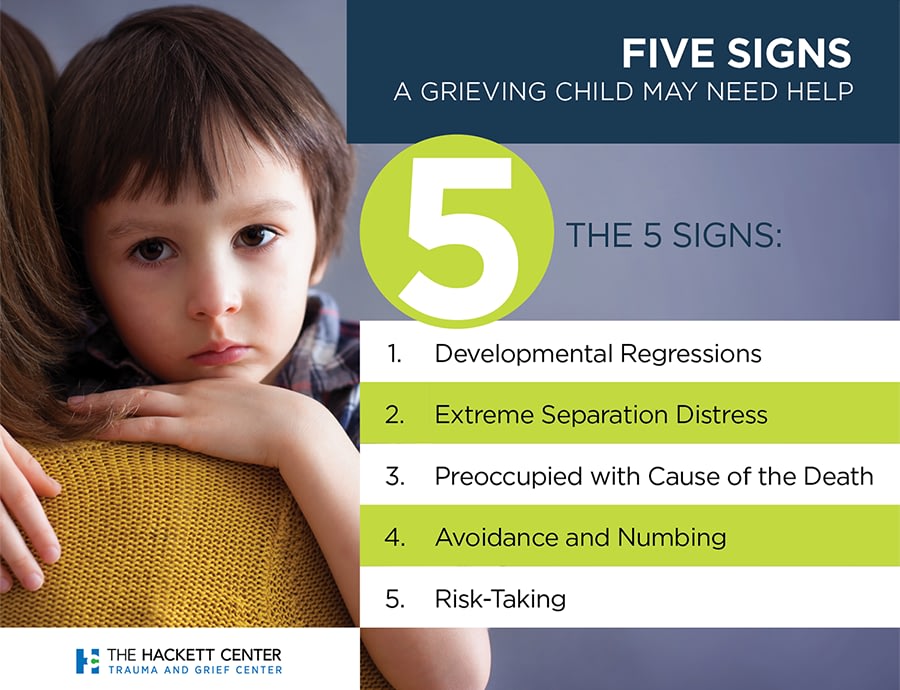Five Signs a Grieving Child May Need Help This Holiday Season
Detail page

HOUSTON – As the holidays approach, Dr. Julie Kaplow-Kline with the Trauma and Grief Center is sharing five signs a grieving child may need help. For young people dealing with the death of a loved one, many of whom are bereaved due to the COVID pandemic, the holidays can be a particularly tough time, and caregivers should pay attention for these signs that they need help.
Having worked with many young people who have been significantly impacted by grief – including a 9-year-old girl who felt she’d killed her mother, who died two weeks after the girl tested positive for COVID – Dr. Kaplow has seen signs to indicate a young person is not grieving and recovering appropriately.
Dr. Kaplow, Executive Director of the TAG Center, which is housed within The Hackett Center for Mental Health at the Meadows Mental Health Policy Institute, says that intense guilt, plus the invisibility of COVID deaths, can make children’s grief even more excruciating. She notes that although every child expresses their grief differently, there are times when a young person may feel especially ‘stuck’ in their grief and need additional support, including therapy.
Although most grief reactions are “adaptive” and represent a natural reflection of the love we had for the person who died, concerned caregivers often want to know how to identify if and when their grieving child may need a higher level of support.
Here are five signs to look for:
- Significant Developmental Regressions, seen more frequently in younger children, can involve major changes in sleeping/language/eating habits, which can have a major impact on daily functioning. This can also include the inability to separate from adult caregivers.
- Extreme Separation Distress can include missing the deceased person so much that they can’t get out of bed in the morning, attend school, or complete daily activities.
- Extreme Preoccupation with the Circumstances of the Death can include excessive worries and concerns about the way the person died or even shame or guilt that they were somehow responsible. Ongoing questions regarding how the person died, wanting to keep returning to the place where they died, verbal expressions of guilt or remorse.
- Avoidance and Numbing Behavior can include staying away from people, places, or things that remind them of the person or the way the person died.
- Risk-taking Behavior, which is more likely to appear in adolescents, can include engaging in activities that are dangerous or reckless, such as substance abuse, driving while intoxicated, or violent behavior.
Again, every child grieves differently, and there is no set timeline for grief. But if any of these behaviors are (1) present after six months post-death, (2) are impacting daily functioning or (3) include expressions of self-harm or suicidal thoughts, we would encourage caregivers to have the child evaluated by a mental health professional who is well-versed in the assessment and treatment of childhood grief.
To schedule a media interview with Dr. Kaplow, please contact [email protected]
Read the full press release here.
